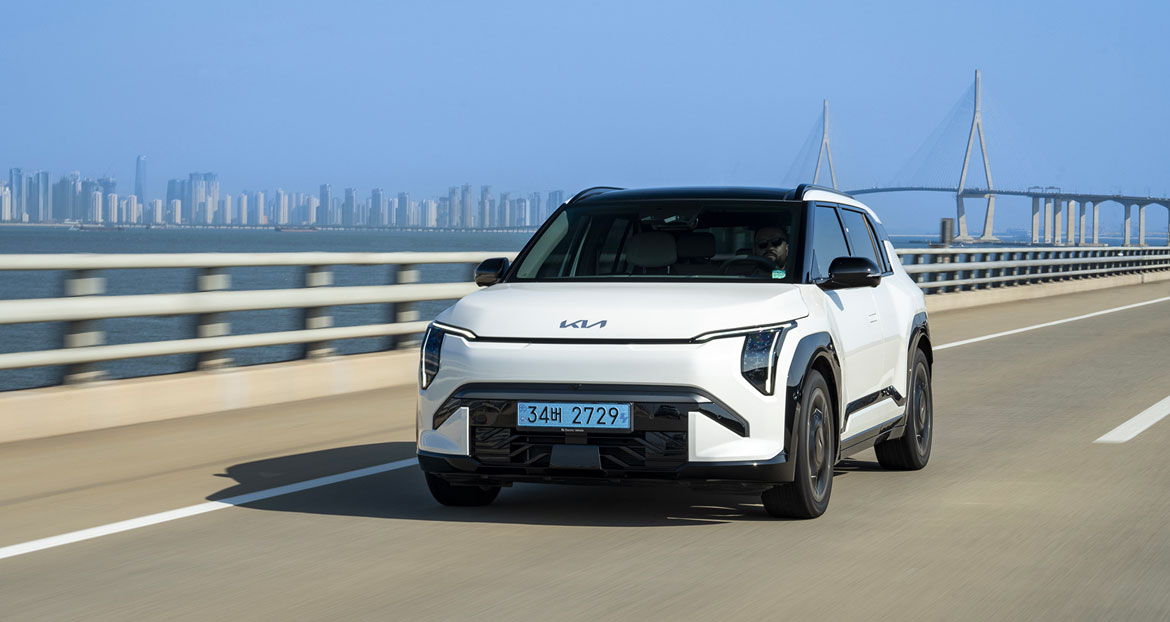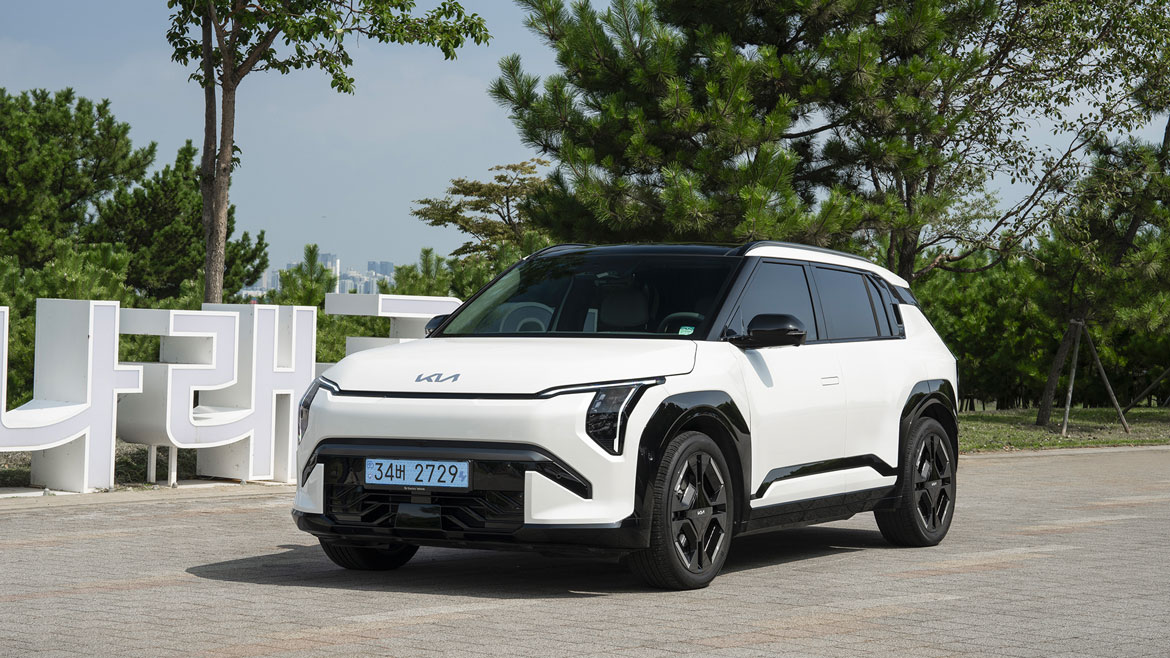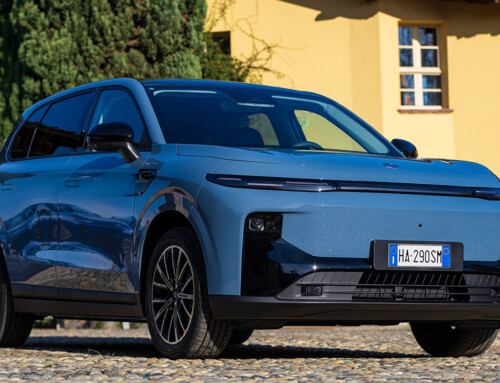In Korea it is a little easier to recognize pure electric cars at a glance: they all have a blue license plate. The Kia EV3 doesn’t need this detail to stand out on the road, though. Its design – as we tell in the latest issue of A&D in the interview with Karim Habib, Senior VP of Kia Design – makes it a unique object in the panorama of compact electric SUVs. “We were inspired by concepts that were not typically automotive, also taking inspiration from other disciplines, such as architecture,” Habib explained to us in Milan on the preview reserved during the Design Week.
From Italy we then went to Korea to test the EV3 on the road and discover the details of its design resulting from the Opposites United philosophy. An approach that eschews obvious aesthetic-formal conventions, with which Kia has been able to create a new generation of models with a bold and distinctive design, and which earned Karim Habib’s team the Car Design Award 2024 for “Best Design Language”.
The EV3 is consistent with its larger sister EV9, with which it shares the main characteristic stylistic features – in particular the branched “star map” light clusters, the “tiger face” front, the wheel arches with black moldings that make them look squarer – but interpreted in an original way on well-proportioned volumes for its decidedly smaller dimensions: the EV3 measures 4300 mm in length and 1850 mm in width, for a height of 1560 mm.
On board we appreciated the modern and accurate design of the spacious environment, as well as the materials – strictly sustainable – pleasing to the eye and to the touch, in particular the recycled fabric that covers the band that crosses the dashboard and the soft mesh used on the headrests. Also in this case, the design was inspired by non-automotive disciplines, as shown by the armrest between the front seats from which a small table slides forward, as practical on the road as it is when stopping, perhaps during a charging session. Charging that is not so often imposed: the range promised by the NMC batteries is 430 km for the 58.3 kWh version and 605 km for the Long Range with 81.4kWh batteries.
We tested this latest version in the intense but flowing traffic of Seoul, recording consumption of around 16.5 kWh / 100 km to travel a stretch of about 50 kilometers, a decidedly reasonable value although the speed limits and frequent speed cameras on the highways that connect the capital to Incheon, the area of our test, do not induce excessive acceleration. The route proved to be ideal for appreciating the Adas with level 2 autonomous driving that allows you to follow the vehicle in front and maintain the trajectory without gripping the steering wheel: just touch it with two fingers to confirm to the system that the driver is alert.
The i-Pedal 3.0 intelligent regenerative braking system is also excellent, with four levels of intensity selectable from 0 to 3, which we imagine promises a lot of driving fun on a hilly route full of curves. In traffic, we meanwhile appreciated the Smart Regenerative System, Hyundai Motor Group’s intelligent regenerative braking 3.0 capable of scanning the road and intervening in case of need by interacting with the regenerative braking system.
An exploration during the stop makes you appreciate the EV3 also for the practical aspects. In addition to the aforementioned table that is available between the front seats, the numerous storage compartments are well designed. The total volume of the trunk is 460 liters, plus 25 liters of “frunk”, the compartment under the front hood, ideal for storing the charging cable or other objects according to everyone’s needs. The loading sill is flush with the opening of the tailgate, but a very large compartment is hidden below the shelf. And the V2L function, usually reserved for electric SUVs in the larger segment, offers the possibility of powering external devices.
















